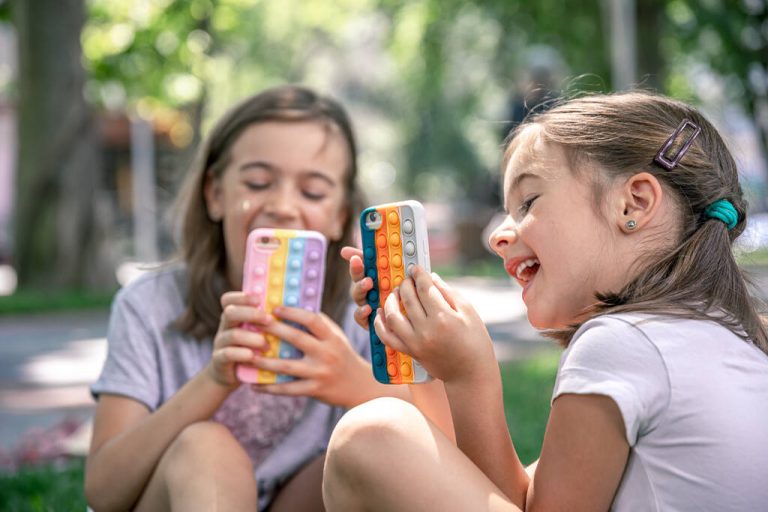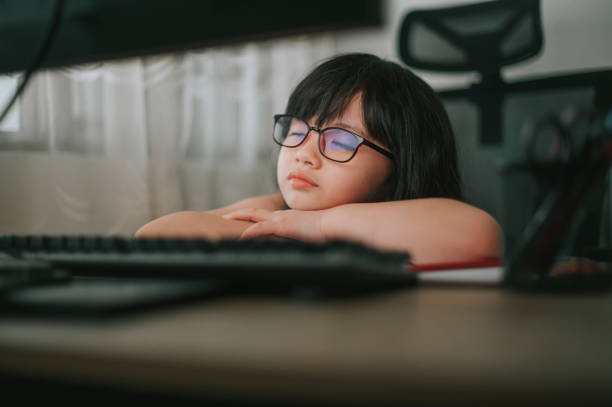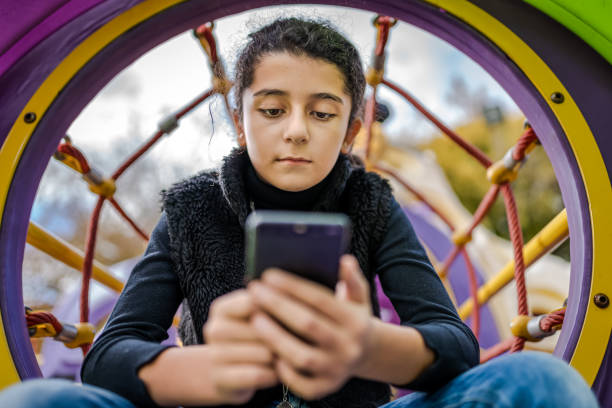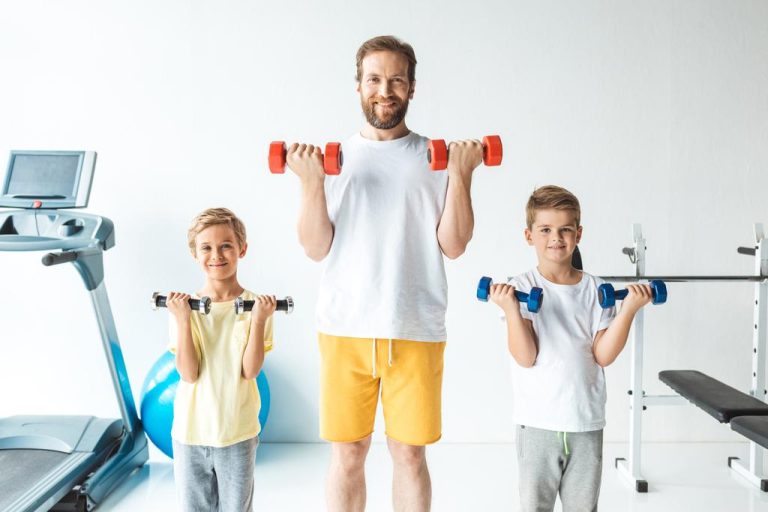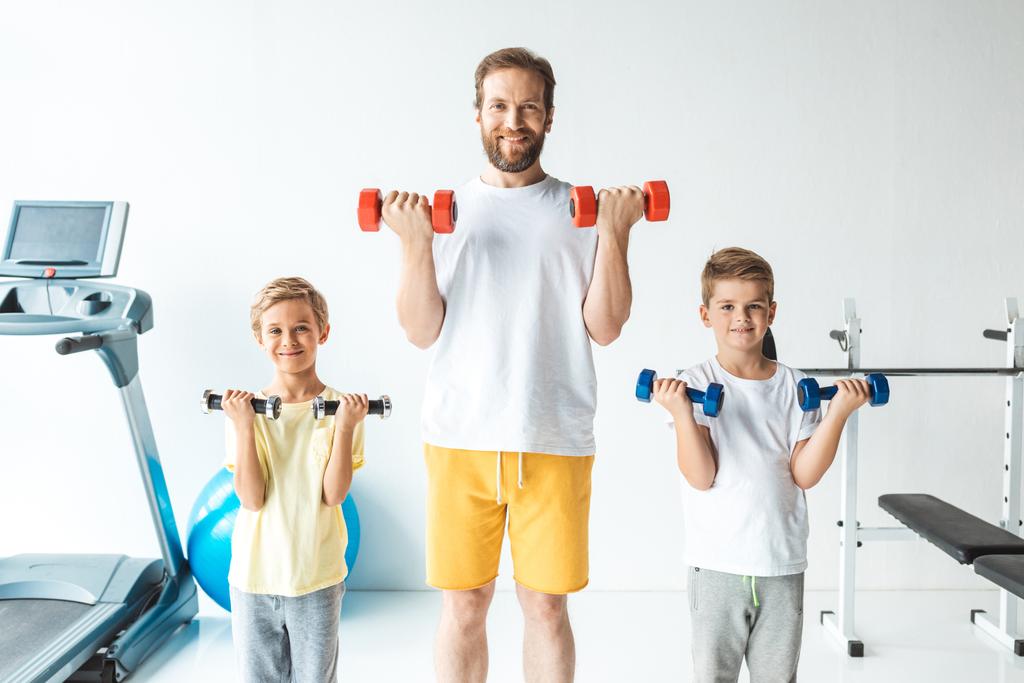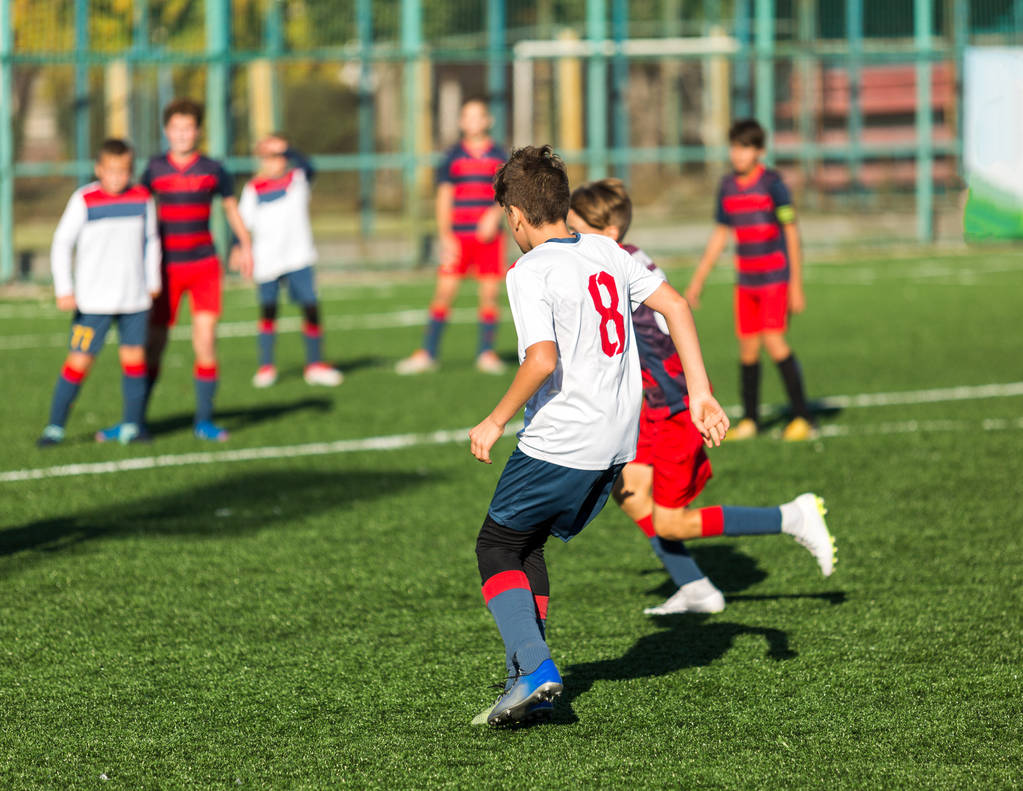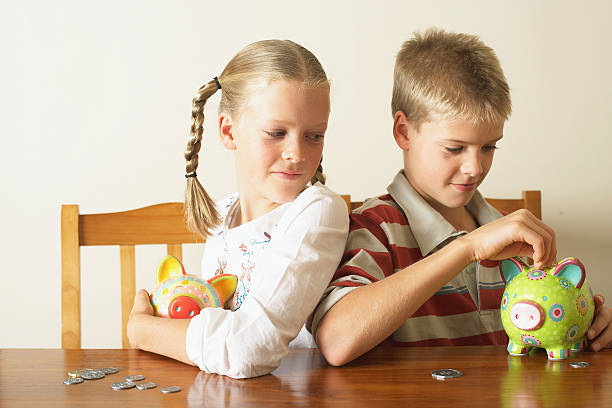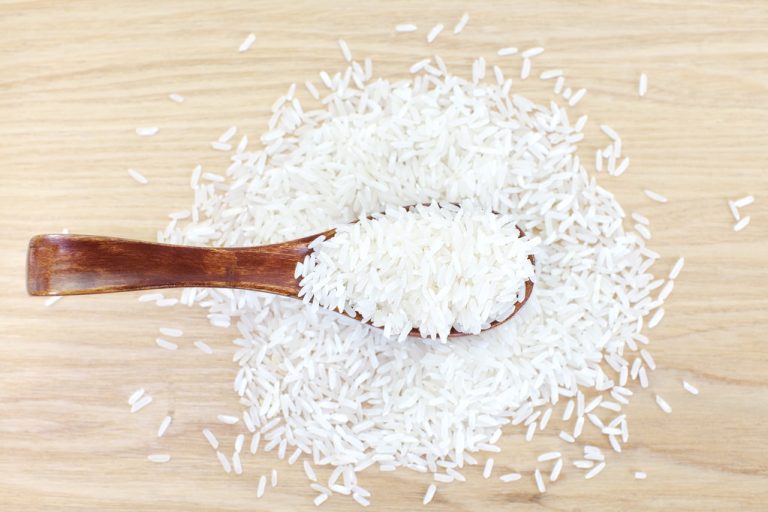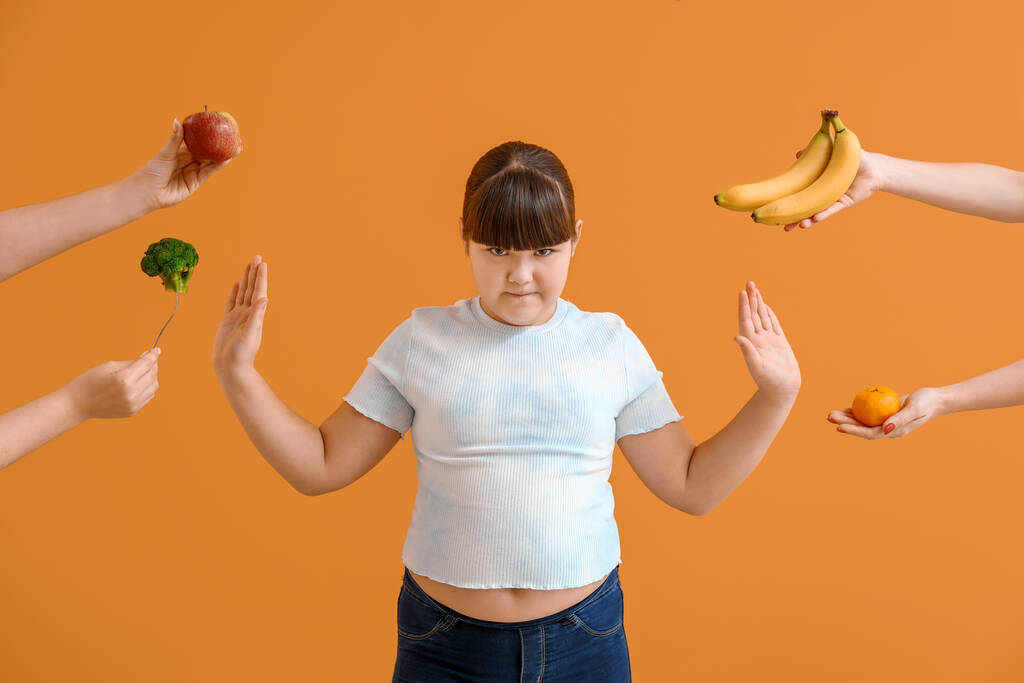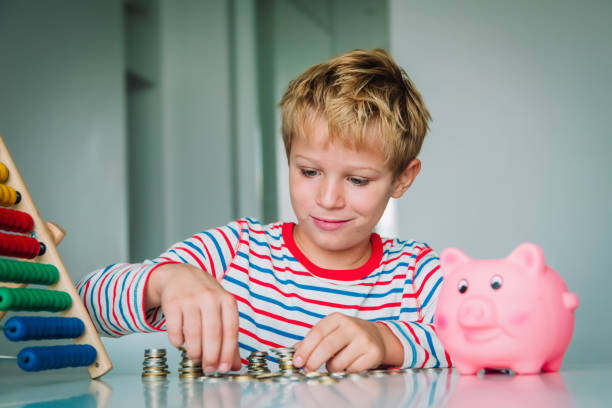A veritable religious war is raging over child nutrition: What should we give the little ones to eat so that they develop well? And can a chubby be healthy too?
Anja Boerner is a self-employed ecotrophologist and works with the Center for Nutritional Advice at HAW Hamburg, among others. Her hobbies are the instructions for changing behavior or the self-reflection of overweight clients and the healthy nutrition of children.
Anja Boerner answers the most important questions about healthy nutrition for children for EAT SMARTER.
How important is a balanced diet for children?
A balanced diet is of course important for healthy growth. Much more important than perfect nutrition is the feeling of security. That means relaxed eating white bread and having a nice family conversation is healthier than a drama about the brown bread. The dining table should not become a stress table!

Mothers in particular often stress themselves out with the need to put healthy food on the table. If the mother no longer has time for her child because she is shopping, cooking, or growing her own crops, this is more damaging to the overall development than a compromise meal, after which there is still time for a game of “Don’t worry”.
How many family meals a day should there be?
As many as possible, always depending on what everyday family life allows. Some families can eat together once a week, others three times a day. A relaxed atmosphere at the dining table is almost more important than the number of meals together: Instead of discussing the child’s poor school grades or relationship problems, you should try to make things as nice as possible together.
“The dining table should not become a stress table”
What is important when it comes to family meals?
First and foremost is the atmosphere: it is desirable to be as friendly as possible. A family meal should offer choice and freedom of choice. Of course, it is best if all family members eat together because this is the only way small children learn to eat independently. It takes a lot of effort at first to feed them porridge with one hand and eat with the other, but it gets easier as the kids get older. Children can only learn “adult” eating behavior if they eat with others.
Do children have to eat their plates clean?
no, It has been proven that the compulsion to eat up can lead to eating disorders in children. Nowadays the motto is: parents offer and the children decide what and how much they eat from this offer.
Can I use food as a reward, for example: “Dessert is only available if you eat the vegetables”?
No! As a result, children learn to reward themselves with food and, in the worst case, develop an eating disorder. If dessert is planned, then the child should get it too, regardless of whether they ate the main meal or not. Pressure and power do not belong at the dinner table. We adults all eat differently, sometimes have an appetite for one thing, sometimes for the other. Why should it be any different with children?
Help, my child doesn’t like fruit and vegetables! What can I do?
Rarely does a child categorically reject all fruits and vegetables. When a child is very picky, it is usually just a phase.
It is important how long this phase lasts: If the child does not eat any vegetables for a day or a week, it is not dramatic. If the phase lasts for several months, parents have to ask themselves whether there is more to it than that, for example, power games that are played out through eating habits. Parents should always offer the scorned fruit and vegetables and, most importantly, eat them with joy and enjoyment.
I recommend involving children in shopping and cooking, even if they don’t eat the vegetables themselves. Sooner or later they will want to try it. Sometimes the dosage form already helps, for example, if you put cucumber slices next to a flower. You eat with your eyes, even with children.
“Children can easily be vegetarian.”
What to do if my child doesn’t want to eat meat?
My three-year-old son suddenly wanted to be a vegetarian. I then explained to him that iron in meat is important for his growth and that what little meat we eat comes from happy animals (he’s now over 6’2 and I’m a vegetarian myself). More and more children and young people are giving up meat. I would take this need seriously as a parent and ask why.
Children can easily live vegetarian. Only the adequate supply of iron must be checked regularly.

What’s the best drink for kids?
The best drink for children is water. Unlike juice, it does not contain sugar, which can lead to obesity and tooth decay. Children can drink tap water, but you should first find out about its quality from the local waterworks. In some areas of Germany, the nitrate load in drinking water is quite high. Even those who have a well at home should have the quality of the water checked before offering it to their children to drink.
What is it about special children’s juices and teas?
Children’s juices and teas attract with colorful packaging tailored to children’s tastes and promises of health. In reality, they are not only more expensive than normal juices and teas, they often contain an extra portion of sugar. They are definitely not healthier for children.
What should I take my child to school with lunch?
A veritable religious war is currently unfolding in German schools around this question. In the meantime, it is even decided at parents’ evenings what parents should and shouldn’t pack in the lunch box. However, the ban on milk slices, white flour, or fruit spritzers does not do anyone justice. For some parents, the regulation does not go far enough, some feel too regulated.



